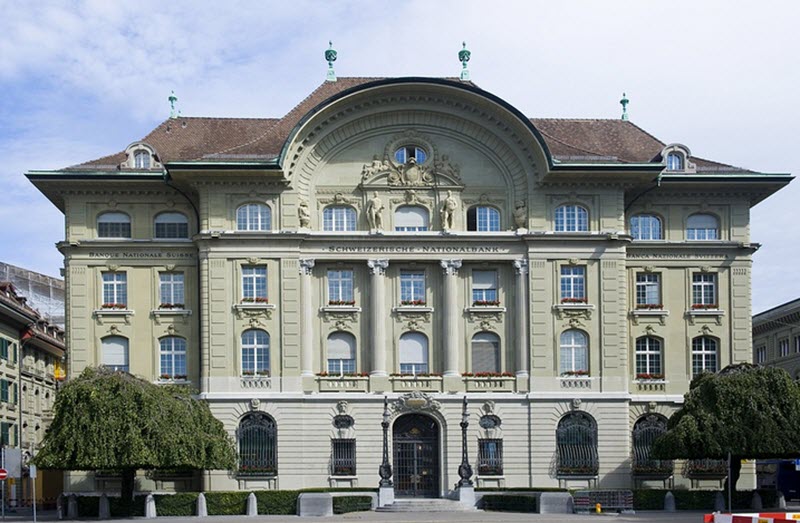For a budding fx trader who wishes to understand the global forex market better and more accurately predict how currencies will move in relation to each other, it is crucial to learn about the roles of the central banks around the world – both regarding their contemporary actions and goals and about how these powerful entities have functioned during earlier development stages of the global currency market. The traders who understands many pieces of this puzzle are better equipped to make informed predictions about the future.

Central banks
A central bank – also known as reserve bank or monetary authority – is an institution that manages the currency and monetary policy of a state (e.g. Australia) or formal monetary union (e.g. the Euro area).
A central bank, reserve bank or monetary authority has a monopoly on increasing the monetary base and setting the official interest rate.
Typically, this institution will also oversee the commercial banking system of that country or area and have supervisionary and regulatory tools at its disposal to carry out this duty.
In most developed nations, there are measures in place to give the central bank a fairly high degree of independence from the government and parliament, although, those rules are enacted by the parliament so the central bank is never completely out of reach for the legislative and executive bodies.
Roles of the central bank
Exactly what a central bank is tasked to do vary, but here are a few examples of tasks that many central banks around the world are carrying out.
- Carry out the monetary policy of the country by controlling money supply and setting the official interest rate.
- Issuing coins and banknotes (bills).
- Promoting financial stability by being the government´s banker and the banker´s bank. The central bank is often “lender of last resort” in an economy.
- Supervision and/or management of deposit guarantee schemes.
- Manage the country´s foreign exchange reserve and gold reserve.
- Manage the country´s government bonds.
- Regulating and supervising the banking industry, means of payments, and inter-banking clearing systems.
- Gathering and analysing economic statistical data, carrying out other forms of economic research, and publishing research results.
- Advising the government on economic and financial policy.
How can the central banks carry out monetary policy?
Examples of tools for this task are:
- Open market operations, including repurchase agreements and government bonds. The central bank can impact the quantity of money in circulation through the buying and selling of financial instruments and foreign currency.
- Control of the money supply; the central bank has a monopoly on increasing the monetary base.
- Control of the discount rate (repo rate). The discount window is an instrument of monetary policy that allows eligible institutions, such as commercial banks, to borrow money from the central bank to meet temporary shortages of liquidity. The interest rate charged on such loans by a central bank is called the discount rate.
- Control of the reserve requirements for commercial banks (the minimum amount that a commercial bank must hold in liquid assets).
- The tools credit easing, quantitative easing, forward guidance, and signalling are typically only used when repo interest rates are already at or near 0%. They are considered unconventional monetary policy tools.
This article was last updated on: January 30, 2023
